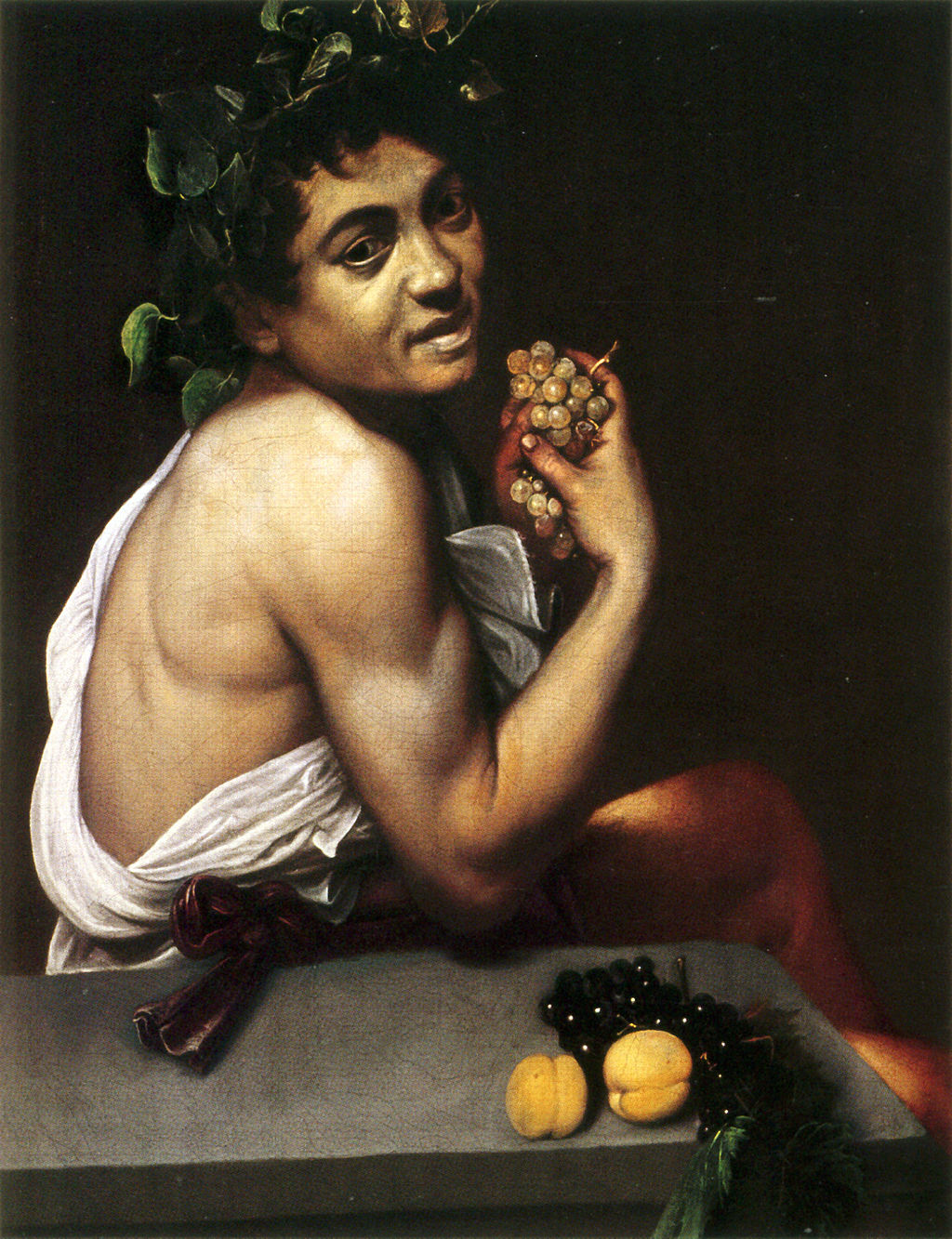I may love, in a critical sense, Caravaggio’s realistic choice to trace the paintable world through characters and objects. Even more critically, I may love the invention of a new light that gives room to immobile events. Yet a great deal of historicism is necessary to grasp Caravaggio’s realism in all its majesty. As I am not an art critic, and see things from a false and flattened historical perspective, Caravaggio’s realism seems rather normal to me, superseded as it was throughout the centuries by other, newer forms of realism. As far as light is concerned, I may appreciate Caravaggio’s invention in its stupendous drama. Yet because of my own aesthetic penchants—determined by who knows what stirrings in my subconscious—I don’t like inventions of light. I much prefer the invention of forms. A new way to perceive light excites me far less than a new way to perceive, say, the knee of a Madonna under her mantle, or the close-up perspective of some saint. I love the invention and the abolition of geometries, compositions, chiaroscuro. In front of Caravaggio’s illuminated chaos, I remain admiring but also, if one sought my strictly personal opinion here, a tad detached. What excites me is his third invention: the luminous membrane that renders his figures separate, artificial, as though reflected in a cosmic mirror. Here, the realist and abject traits of faces appear smoothed into a mortuary characterology; and thus light, though dripping with the precise time of day from which it was plucked, becomes fixed in a prodigiously crystallized machine. The young Bacchus is ill, but so is his fruit. And not only the young Bacchus; all of Caravaggio’s characters are ill. Though they should be vital and healthy as a matter of consequence, their skin is steeped in the dusky pallor of death. (Read more.)Share
What Child is This?
1 week ago


















No comments:
Post a Comment